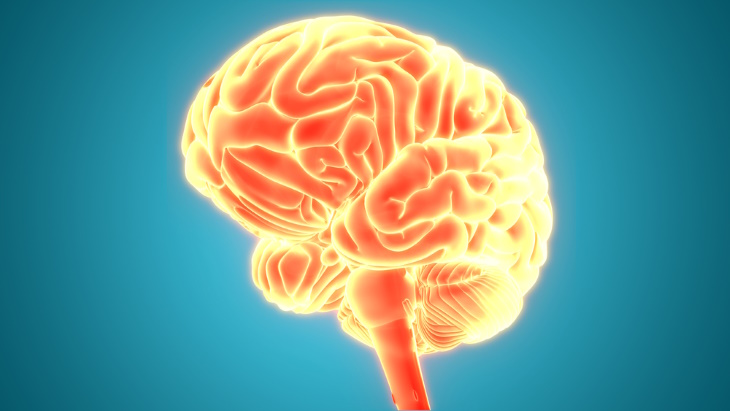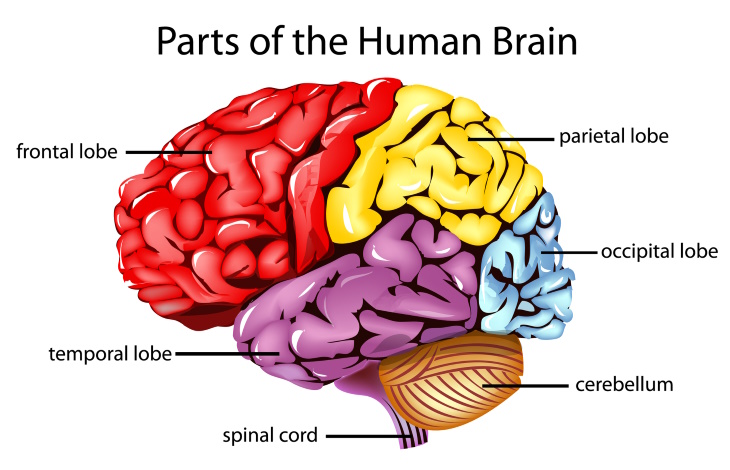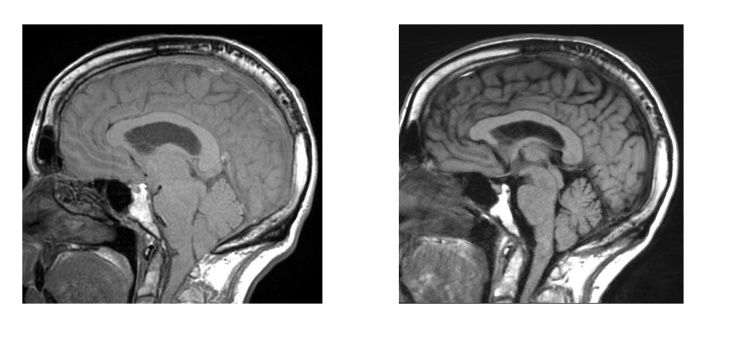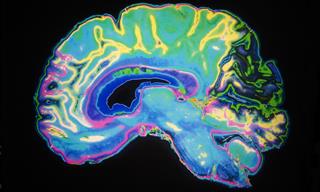An incurable form of dementia called behavioral frontotemporal dementia (bvFTD) is often conflated with another brain condition called cerebrospinal fluid leak, which is often curable. A recently published study by researchers at the Cedars-Sinai Medical Center in Los Angeles shows how they were able to completely reverse the unbearable symptoms and get previously struggling or bedridden patients back on their feet.
A condition called brain sagging can mimic symptoms of dementia
A healthy and properly functioning brain is surrounded by cerebrospinal fluid. This fluid circulates around the brain and spinal cord and serves an important protective and supportive role for the brain. When cerebrospinal fluid starts leaking, a condition called “brain sagging” can occur.
The symptoms of brain sagging are eerily similar to those of a form of dementia called behavioral-variant frontotemporal dementia (bvFTD). This early-onset form of dementia occurs due to nerve cell damage to the frontal and temporal lobes of the brain, and it’s primarily observed in people aged 50-60. Unlike some other forms of dementia, bvFTD begins with behavioral changes that then progress into issues with cognition and memory.
For instance, people with bvFTD can appear apathetic, inert, emotionally blunt, or less sociable. They may also act in bizarre or inappropriate ways. “[bvFTD patients] also have poor executive function and a loss of insight and judgment early on,” states a 2022 study. Family and friends may notice a change in personality and observe the person becoming less independent.
Unfortunately, bvFTD is very difficult to treat, and many patients will display a progressive decline and become bedridden over time. That being said, a recently-published study conducted at the Cedars Sinai Medical Center in Los Angeles, CA, suggests that a large number of patients with bvFTD are actually misdiagnosed. In the study, the doctors prove that cerebrospinal fluid leaks can look like bvFTD, and then they come in and surgically fix such leaks, reversing the symptoms entirely.
Is it possible to distinguish between cerebrospinal fluid leaks and this form of dementia?
Brain sagging can be reliably detected with the help of an MRI. In addition to dementia-like symptoms, people with cerebrospinal fluid leaks may also experience the following signs:
- Daytime sleepiness, even after getting enough sleep at night.
- Severe headaches that get better when one lies down.
- A Chiari brain malformation – a problem when part of the brain tissue extends into the spinal canal – is often confused with brain sagging.
If a diagnosis of brain sagging is made, the next step is to detect the source of the cerebrospinal fluid leak. Usually, a tear or cyst in the brain membrane is suspected, but Wouter Schievink, director of the Cerebrospinal Fluid Leak and Microvascular Neurosurgery Program at Cedars-Sinai, and others on the research team discovered a new cause – a cerebrospinal fluid venous fistula. The research team had to use a special brain imaging technique to detect such fistulas, as they occur when fluid leaks into a vein, making them invisible to other imaging methods.
Related article: Seniors, Warning! Study Finds New Dementia Risk Factor
Details of the study
The researchers looked into 21 patients with brain sagging and signs of behavioral frontotemporal dementia. Cerebrospinal fluid venous fistulas were detected in 9 of the study participants. The neurosurgeons then proceeded to seal the fistulas in all nine of these patients, and the brain sagging was reversed, along with all the symptoms.
What about the remaining 12 patients? The researchers were unable to detect the causes of their leaks. Therefore, they had to fall back on supportive treatments, such as implants that allowed infusing the skull with cerebrospinal fluid. Sadly, only 3 of these patients experienced any kind of relief as a result. “If they have behavioral-variant frontotemporal dementia with an unknown cause, then no treatment is available,” stated Dr. Schievink, but he ended on a more positive note, “But our study shows that patients with cerebrospinal fluid leaks can be cured if we can find the source of the leak.”
In summary, a team of neurosurgeons at Cedars-Sinai found a previously unknown cause of brain sagging, a condition that causes dementia-like symptoms but can be fully reversed using surgical intervention. Finding sources of cerebrospinal fluid leaks beyond the kind discovered in the study can help even more people with brain-sagging return to more fulfilling and independent lives.
Reference and Image Source: Cedars-Sinai
 Go to BabaMail
Go to BabaMail



























